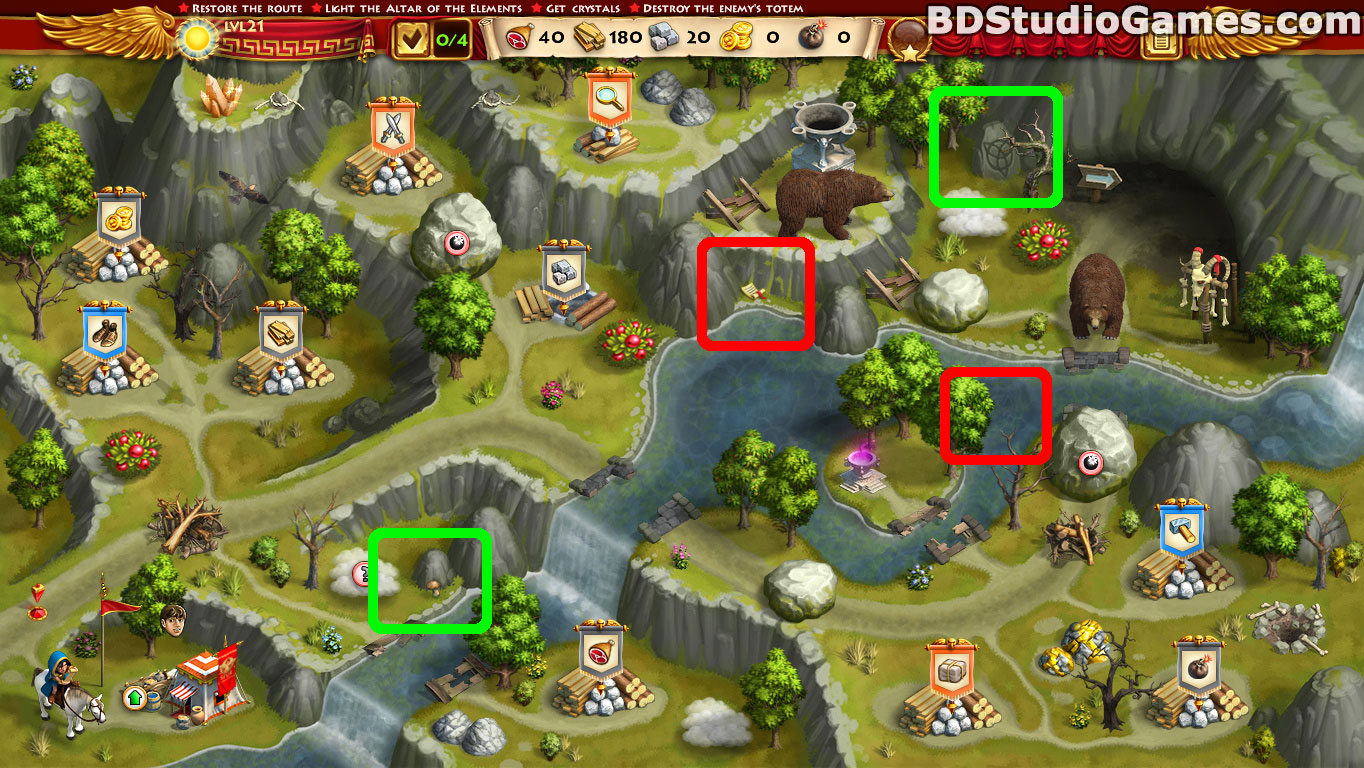

When they do hatch, they are stacked in layers of trays and given chopped up leaves of the white mulberry to eat. The eggs must be kept at a warm temperature for them to hatch as silkworms or caterpillars. This silkworm, which is actually a caterpillar, takes adult form as a blind, flightless moth that immediately mates, lays about 400 eggs in a four- to six-day period, and then abruptly dies. One of the native Chinese varieties of silkworm with the scientific name Bombyx mori is uniquely suited to the production of superbly high-quality silk. Many insects from all over the world - and spiders as well - produce silk. suggest that sericulture, the process of making silk, may have an earlier origin than suggested by legend. Yet silk cloth fragments and a cup carved with a silkworm design from the Yangzi Valley in southern China dated to about 40005000 B.C.E. and a silk cocoon from the Yellow River valley in northern China dated to about 2500 B.C.E. Archaeological finds from this period include silk fabric from the southeast Zhejiang province dated to about 3000 B.C.E. Xi Lingshi, the wife of the Yellow Emperor whose reign is dated from 2677 to 2597 B.C.E., is regarded as the legendary Lady of the Silkworms for having developed the method for unraveling the cocoons and reeling the silk filament. The original production of silk in China is often attributed to Fo Xi, the emperor who initiated the raising of silkworms and the cultivation of mulberry trees to feed them. Silk cultivation and production is such an extraordinary process that it is easy to see why its invention was legendary and its discovery eluded many who sought its secrets. What is so special about silk? How did it go around the globe, and connect diverse civilizations for millennia? And what is the current significance of the Silk Road? Chinese Silk Cultivation


In the 19th century Paterson, New Jersey, of all places, declared itself "Silk City."

Martha Washington wore a dress of Virginia silk to her husband's inauguration, and Native Americans learned silk embroidery to decorate traditional apparel. Silk chinoiserie is not Chinese but a European imitation of Chinese style. Damask silk, referring to the style of Damascus, Syria, is actually Chinese in origin. The terms used for silk reveal its history and influences. Every culture that touched silk added to its adornment of humanity.Īnd silk turns up everywhere - aboard medieval Viking ships sailing out of Constantinople and as kerchiefs from India (bandannas, from bandhana) around the necks of cowboys in the American West. The degree of borrowings and choosing of techniques and patterns, the invention and discovery of uses and styles is incredible. But despite such attempts, silk moved across the planet with remarkable ease and was a vehicle of cultural creativity wherever it went. The English and French competed to restrict its markets. The Ottoman Turks and the Persians fought a war over it. The ancient Chinese guarded the secret of silk production for centuries. Given the Silk Road's symbolic meaning of sharing and exchange, it is somewhat paradoxical that the desire to control its namesake commodity, silk, was so strong. While largely commercial, the Silk Road provided the vehicle for all sorts of creative exchange between tremendously diverse peoples and cultures. Since the concept of " Seidenstrassen" or "Silk Roads" was first invented by the German geologist and explorer Baron Ferdinand von Richthofen in 1877, the "Silk Road" has been used as a metaphor of European and Asian cultural interchange. Yet because the goods and ideas were in great demand and commanded high prices, courtly rewards, or spiritual benefits, they were worth the trouble of transporting great distances. Those going by sea braved the uncertainties of weather, poorly constructed ships, and pirates. They had to face bandits and raiders, imprisonment, starvation, and other forms of deprivation. Travelers in caravans had to brave bleak deserts, high mountains, extreme heat and cold. The roads themselves were generally in poor condition. For millennia, highly valued silk, cotton, wool, glass, jade, lapis lazuli, gold, silver, salt, spices, tea, herbal medicines, foods, fruits, flowers, horses, musical instruments, and architectural, philosophical, and religious ideas traveled those routes. The Silk Road system has existed for over 2,000 years, with specific routes changing over time. A network of mostly land but also sea trading routes, the Silk Road stretched from China to Korea and Japan in the east, and connected China through Central Asia to India in the south and to Turkey and Italy in the west. The Silk Road spanned the Asian continent and represented a form of global economy when the known world was smaller but more difficult to traverse than nowadays.


 0 kommentar(er)
0 kommentar(er)
